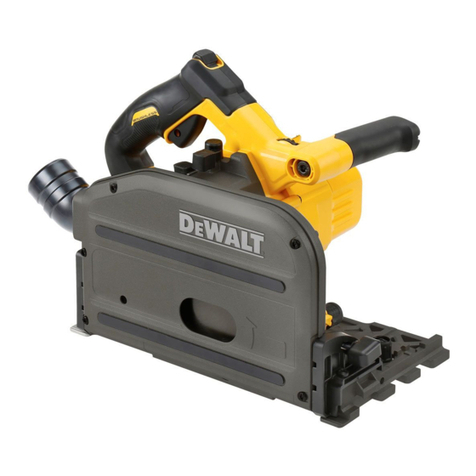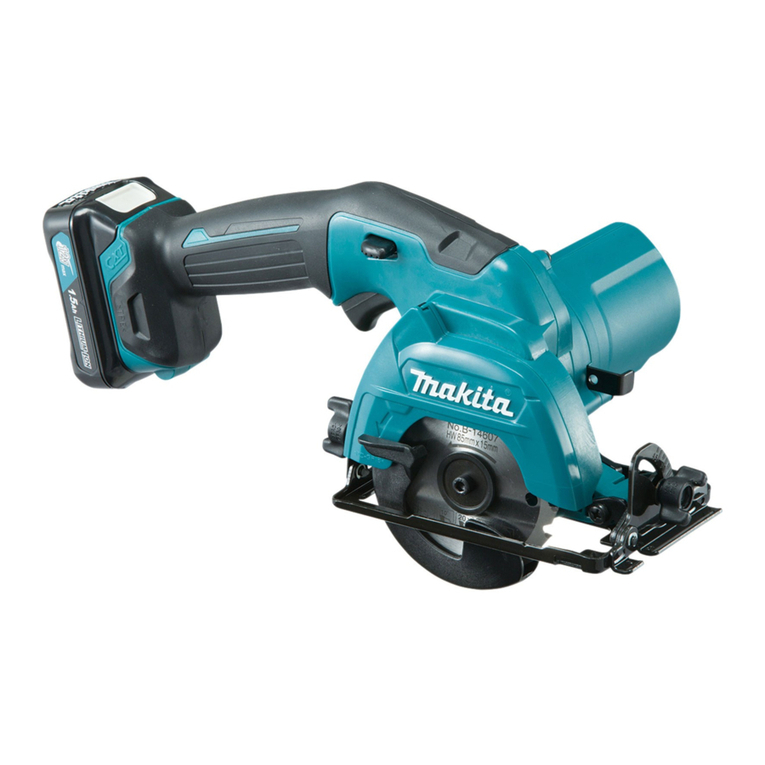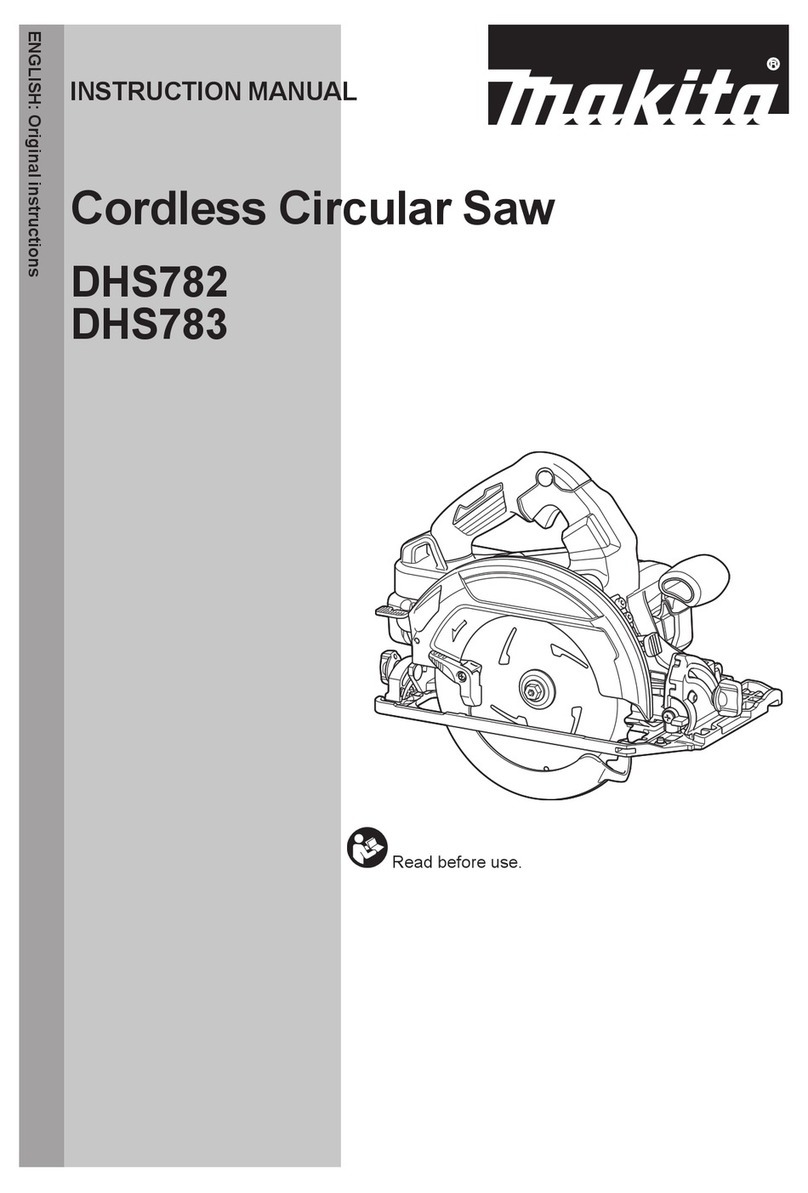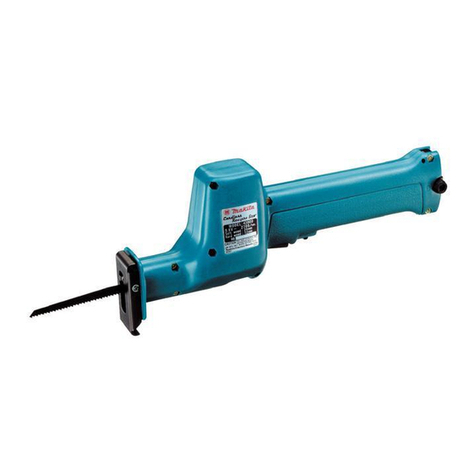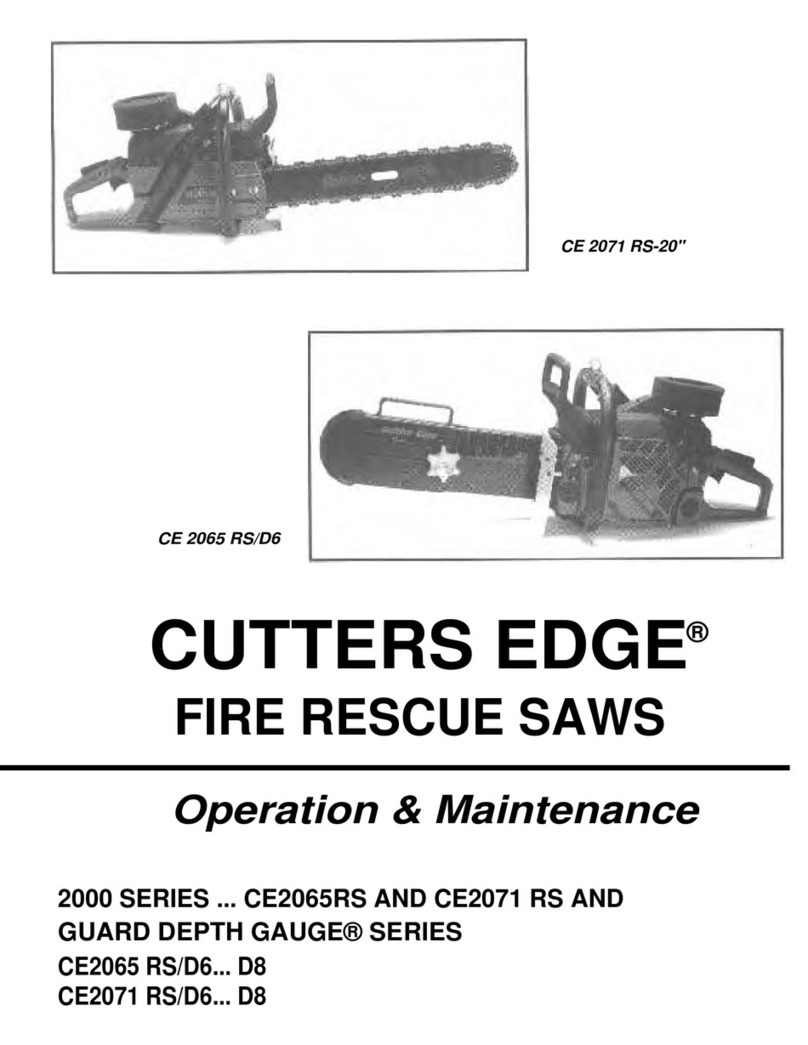DeWalt XR DCS578 User manual
Other DeWalt Cordless Saw manuals
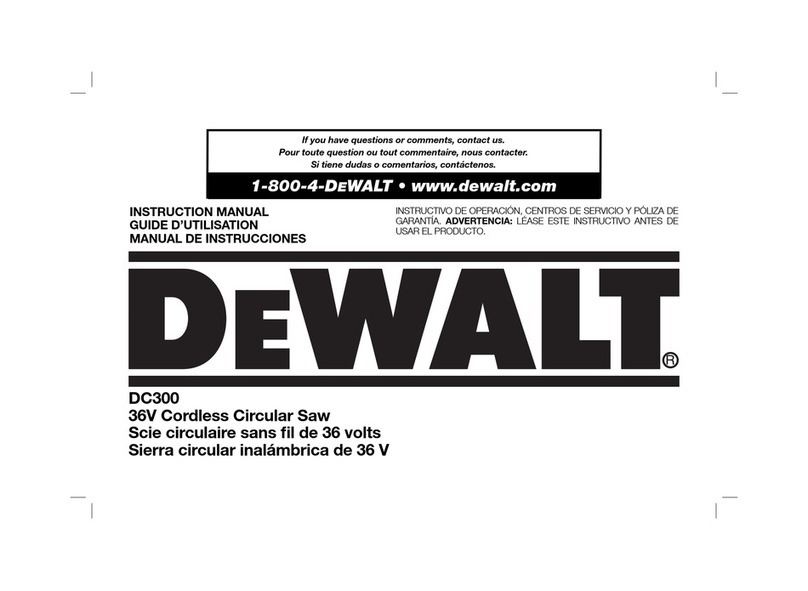
DeWalt
DeWalt DC300 User manual
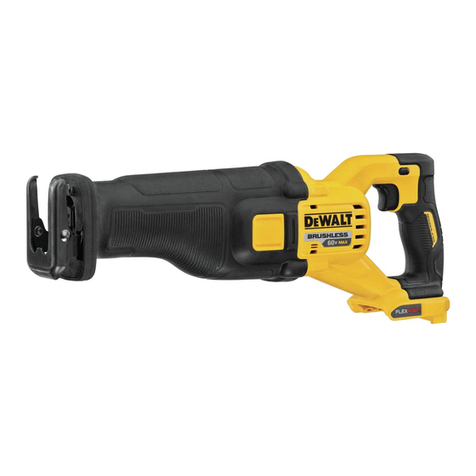
DeWalt
DeWalt DCS389 User manual

DeWalt
DeWalt XR Li-ION DCS331 User manual
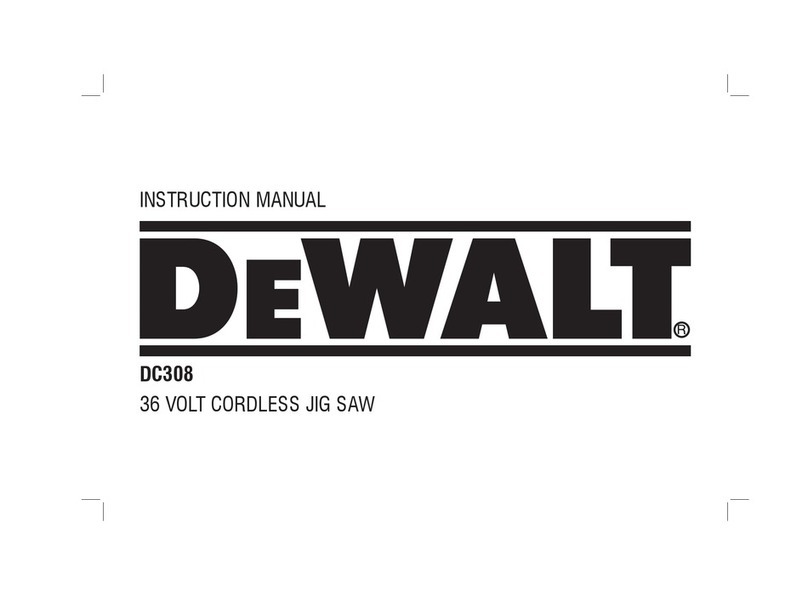
DeWalt
DeWalt DC308 User manual
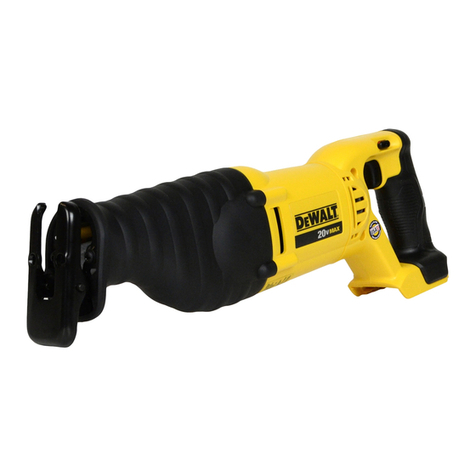
DeWalt
DeWalt XR Li-Ion DCS380 User manual

DeWalt
DeWalt DC308 User manual
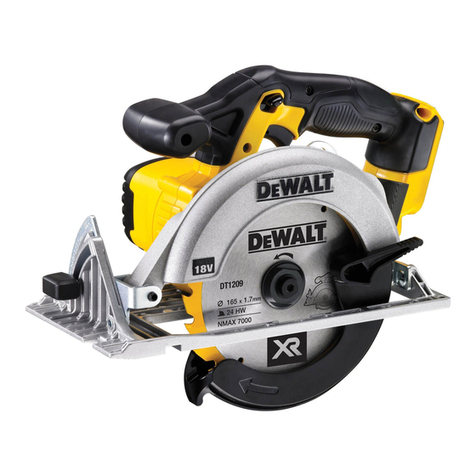
DeWalt
DeWalt XR DCS391 User manual

DeWalt
DeWalt DCS572 User manual

DeWalt
DeWalt XR Li-Ion DCS380 User manual
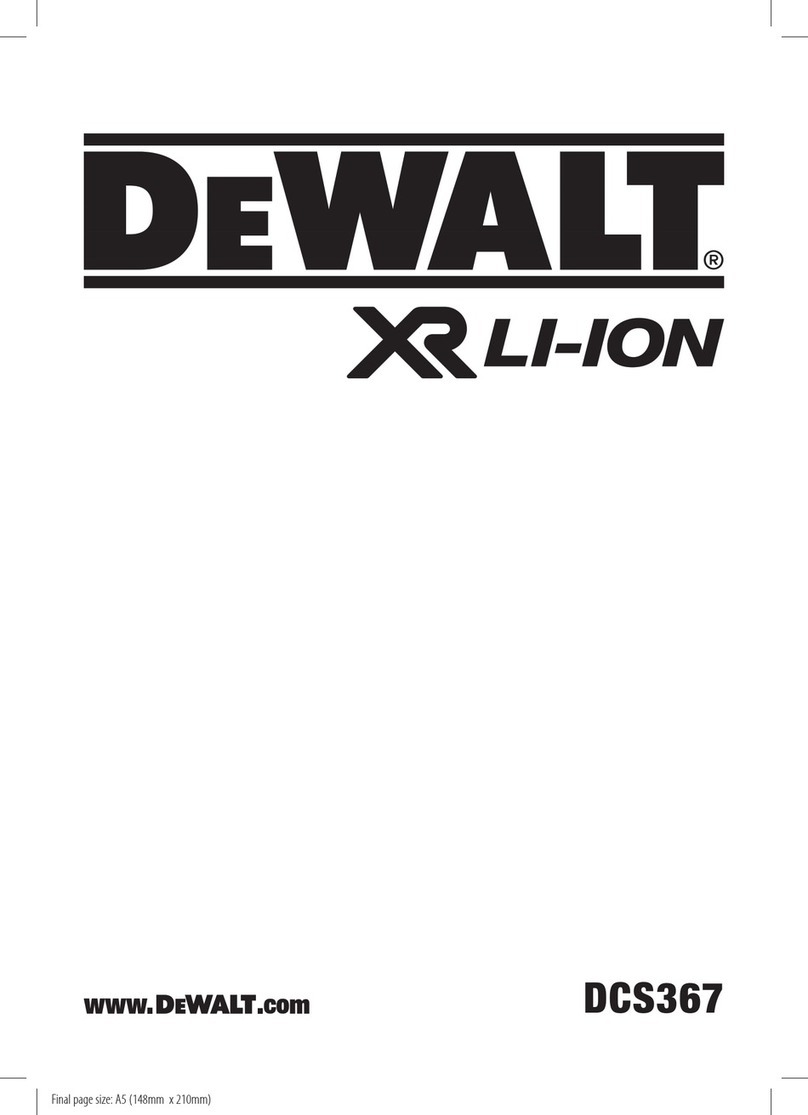
DeWalt
DeWalt XR LI-ION DCK820P4 User manual
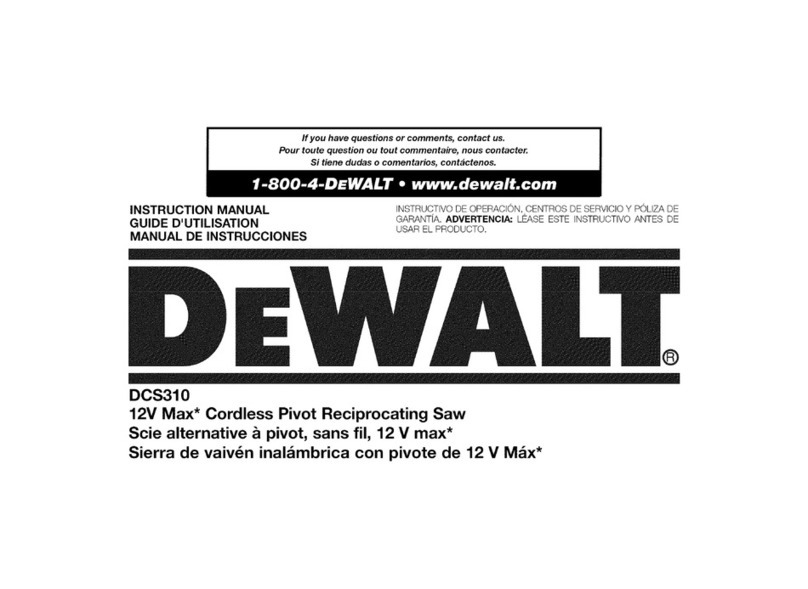
DeWalt
DeWalt XR LI-ION DCS310 User manual
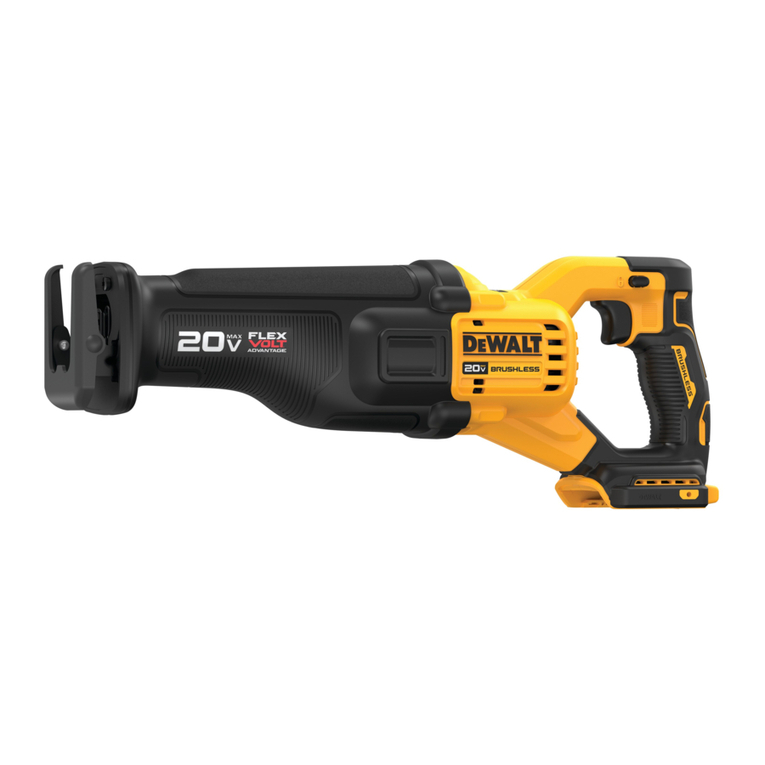
DeWalt
DeWalt DCS386 User manual
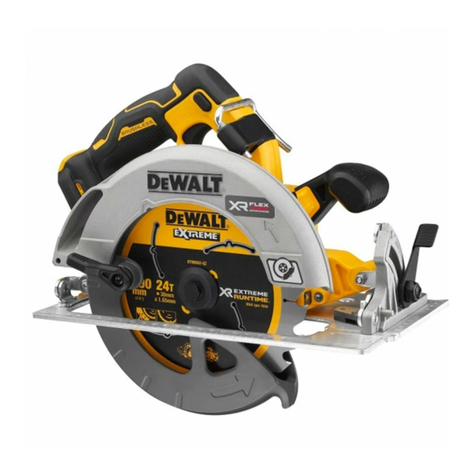
DeWalt
DeWalt DCS573T1 User manual

DeWalt
DeWalt DC300K User manual
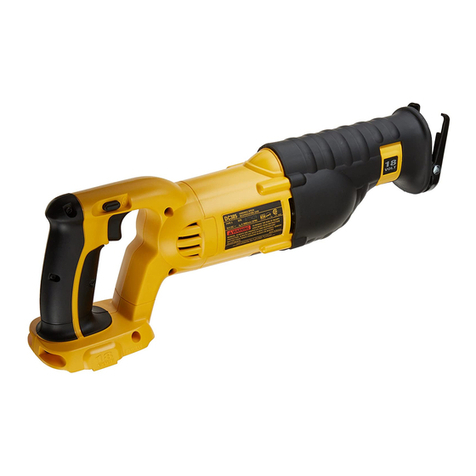
DeWalt
DeWalt DC380 User manual

DeWalt
DeWalt DCS391D2 User manual

DeWalt
DeWalt DC330 User manual

DeWalt
DeWalt DCS570 User manual
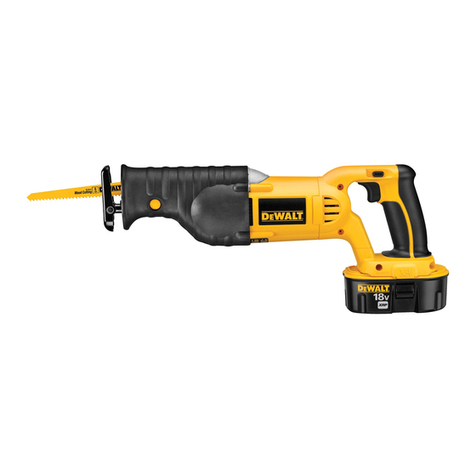
DeWalt
DeWalt DW938 User manual
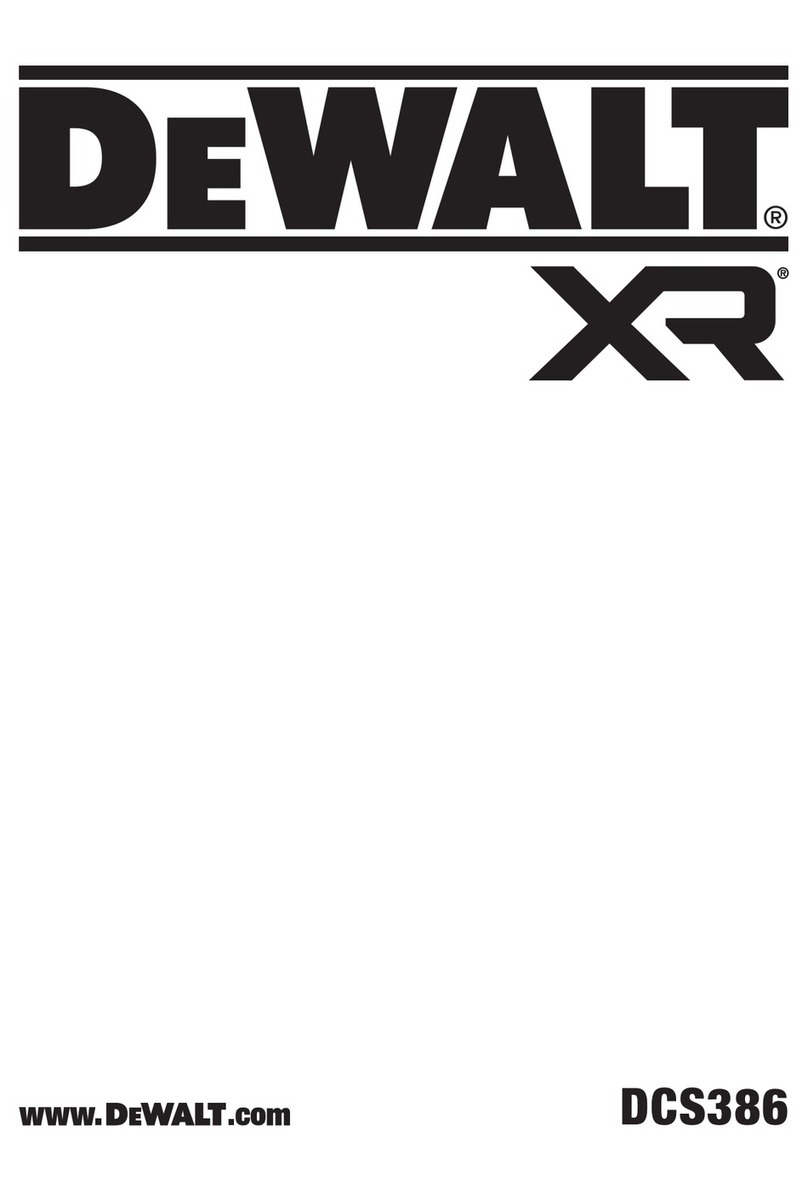
DeWalt
DeWalt XR DCS386 User manual
